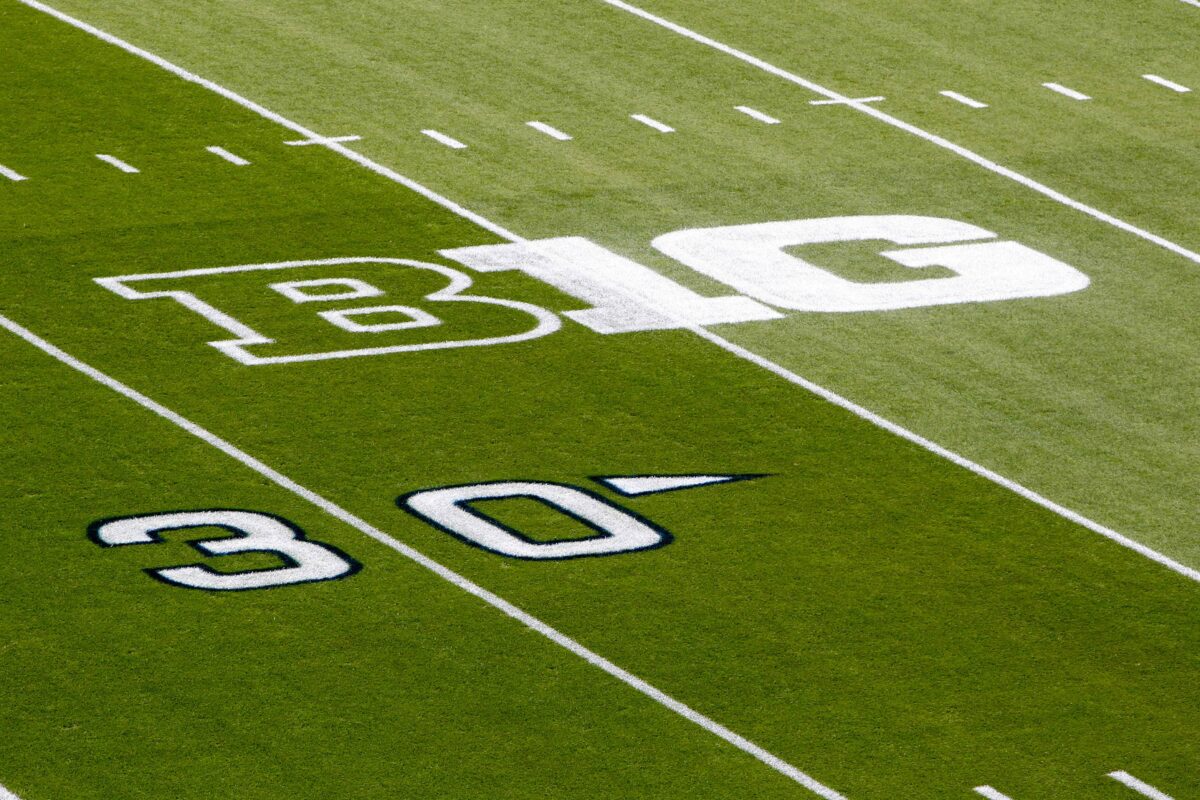When the 2024 and 2025 Big Ten football schedule format was announced on Thursday, people around the conference responded positively.
The format is called “flex protect plus,” referring to the reality that some teams will have more protected games than others. It’s not an equal number of protected games for each Big Ten school. That number is flexible for the 16 member schools, USC and UCLA included.
Iowa, for instance, has three protected (annual) opponents: Minnesota, Nebraska, and Wisconsin.
Penn State, on the other hand, has zero protected games. USC and UCLA have one protected game when they play each other.
One reason for protecting some games but not others is that some schools (Iowa) wanted more protected games, while other schools (Maryland, Rutgers, Penn State) don’t have natural rivals and therefore don’t need to have annual opponents.
The other big reason for this format is that it enables Big Ten schools to play the 15 other Big Ten schools at least once every two years, but without locking in long-distance travel commitments. That’s something the Big Ten had to think about with USC and UCLA in the fold.
One product of this “flex protect plus” schedule for 2024 and 2025 is that six opponents will rotate between 2024 and 2025. Six in one year, six others in the next. That represents 12 of the 15 schools each school will play in a two-year span.
Three other Big Ten opponents will be common opponents for both 2024 and 2025. That gets us to 15 opponents in two years.
We have collected the so-called “two-play opponents” for each Big Ten program. “Two-play opponents” is just a fancy name for those three common opponents Big Ten football schools will play in both 2024 and 2025.
Here they are:
